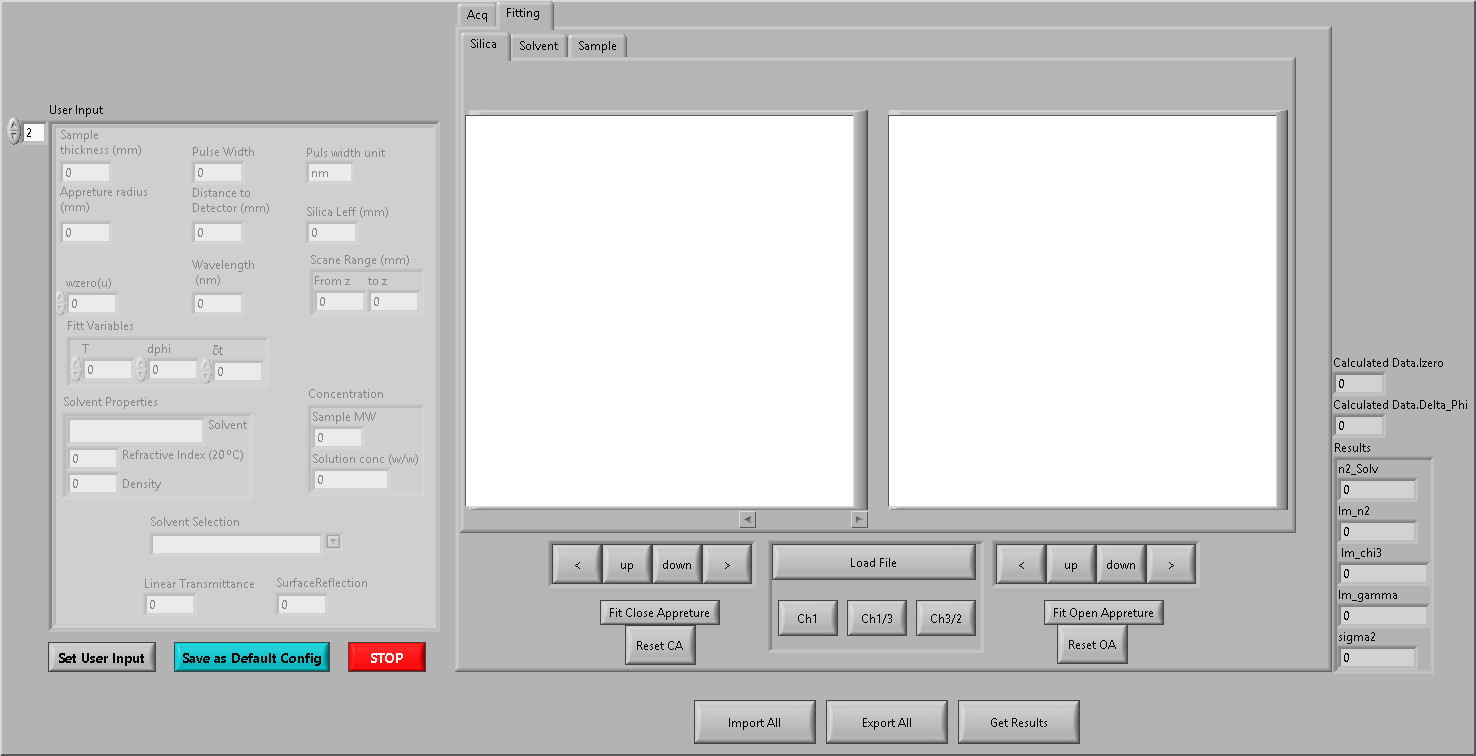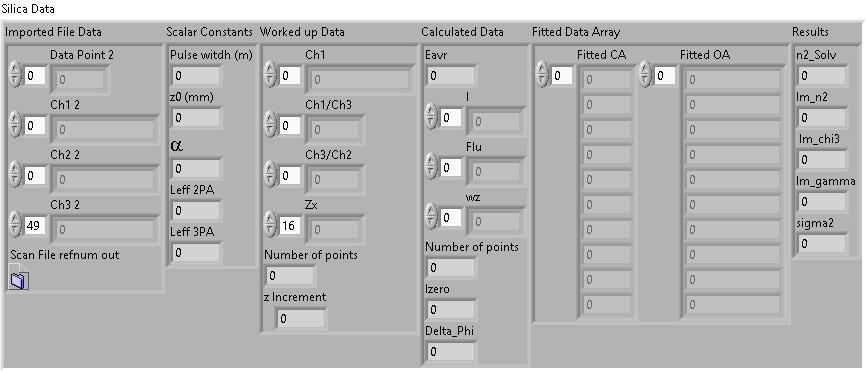Search the Community
Showing results for tags 'dqmh'.
-
Hi All, I m trying to build a software, and data management has become too complex. In short, it is acquiring data from three channels and doing some calculations and then showing and reporting that data for the user to make a fitting decision. The user then, can save the file and import the saved worked-up file later to view or manipulate. The data consist of three interdependent data set, and so far, I have collected the dat as an array of clusters (size 3) for three sets and kept user input data in the same manner. I am also using a simple "producer/consumer" design. However, I think that may have been a mistake, and I might be able to do a better job using either actor or QMH design, especially since I need to think about adding the acquisition part (which is not yet developed). The thing is that I have not used oop before at all and am not quite sure if this is the correct approach and how should I bundle my data. Considering that the data (not all but some) need to be accessed by other classes if I goo with oop. For example, should I keep the data as separate class data and use methods for override or keep it as an array in the parent class and use static methods and only use child classes for graphing. These are the type of questions I am struggling with. Also, can anyone help me decide between DQMH, Actor or just standard Producer/Consumer patterns, please? I am completely lost. Thank you in advence. This is how the front pannel looks like: And this is the data set for the system (which I am keeping as an array) there will me more data added to this as the capabiliy grows.
- 5 replies
-
- dqmh
- actor framwork
-
(and 1 more)
Tagged with:
-
Hi LAVA friends, We are pleased to announce that the Delacor Queued Message Handler (DQMH) is now available via the LabVIEW Tools Network: http://sine.ni.com/nips/cds/view/p/lang/en/nid/213286 You can read about the thought process behind DQMH at our blog post: Ours is not better than yours (or YAF=Yet Another Framework) at WalkingTheWires.com The DQMH is based on the NI QMH Project Template. The DQMH expands on the NI QMH by providing safe, event-based message handling and scripting tools to encourage same style between different developers in the same project and improve efficiency. The DQMH is ideal for applications where multiple modules must run in parallel, possibly at different rates, while communicating with each other. The DQMH can also be used for applications that have a single module, where the developer would benefit from having a Tester with the capability of eavesdropping on the different DQMH events and messages. The DQMH integrates with TestStand since all development and troubleshooting can take place under LabVIEW, while calling the public API VIs as individual steps in the TestStand sequence. The tester can eavesdrop during the execution of the TestStand sequence. This is specially useful when the LabVIEW code is written during the research and development or prototyping phase, because the same code can be called by TestStand in production or manufacturing sequences without any changes. The DQMH uses LVOOP for some internal functions, but developers need not be familiar with LVOOP to use or understand this architecture. Try it out and let's us know what you think. Fab and the Delacor team.





